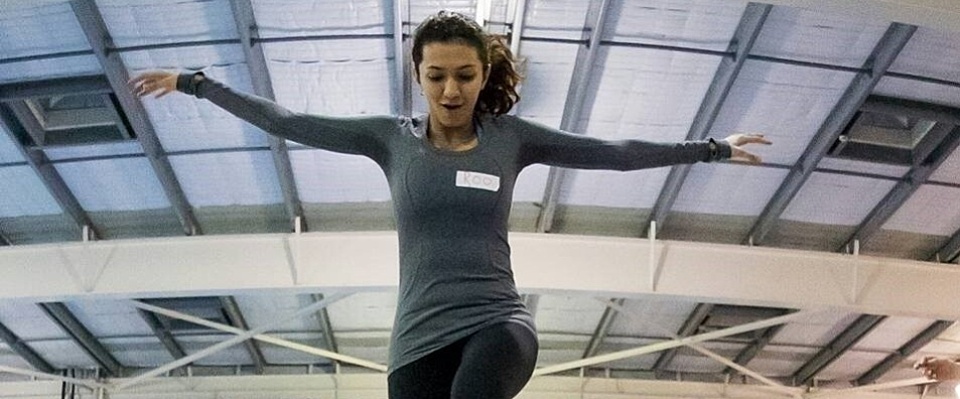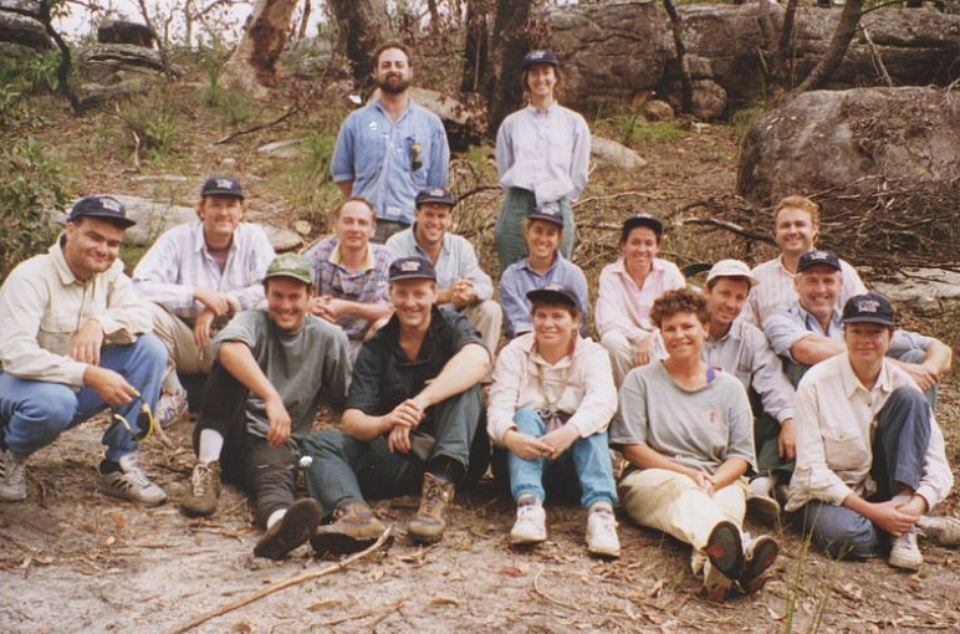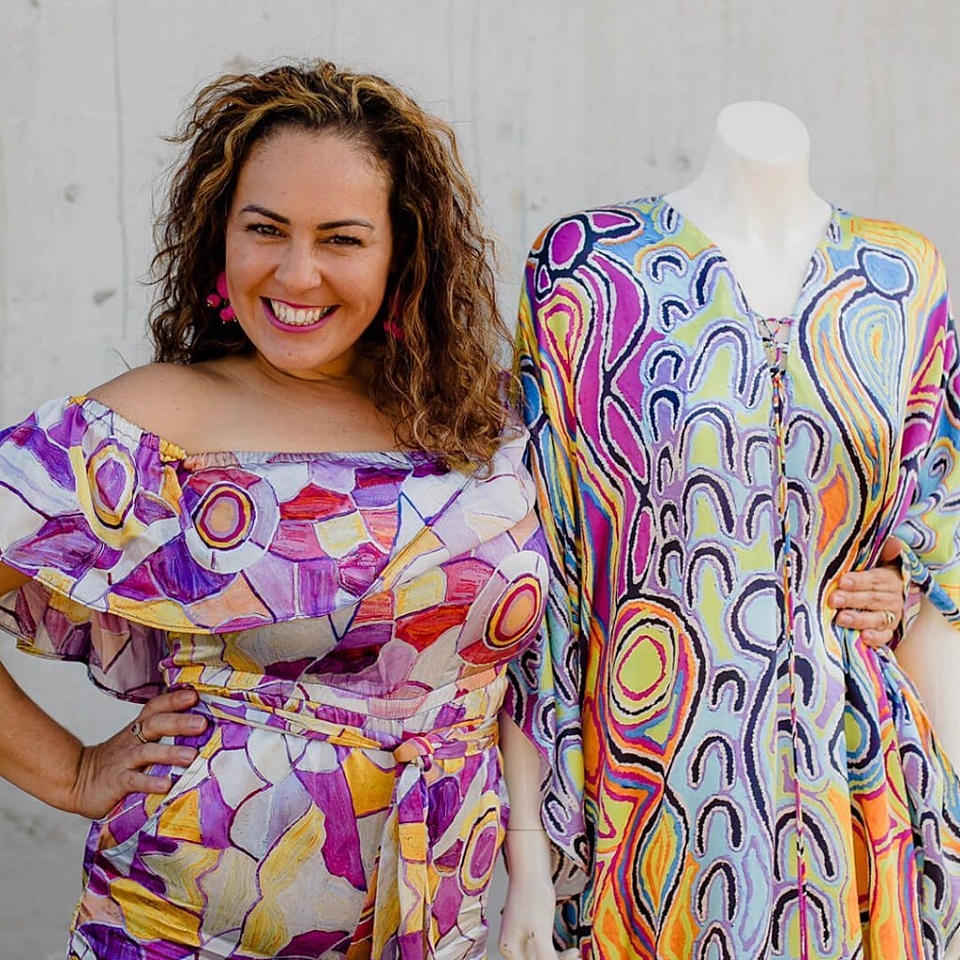
ICDA and BoardPro partnership unlocks digital governance tools for not-for-profits nationwide
Posted on 10 Dec 2025
Adele Stowe-Lindner, Executive Director, Community Directors The Institute of Community Directors…
Posted on 30 Oct 2023
By Greg Thom, journalist, Institute of Community Directors Australia

Personal connection to charitable causes, empathetic story telling and engaging with loved ones are key elements for successful philanthropy, according to some of Australia’s leading experts on giving.
Asked during a panel session at the recent Future Generation Summit how the generosity of Australians during natural disasters could be extended into everyday giving, Philanthropy Australia CEO Jack Heath said simply sitting down and discussing intergenerational giving can be a powerful way to bring families together.
“When you sit down and talk about philanthropy with your kids, you can look into their soul in a way that you’ve never been able to do before,” he said.

“Don’t underestimate the way in which conversations about benefiting others can actually benefit you as a family as well as transferring that wealth.”
Managing director of hospital ship charity Mercy Ships Australia, Alan Burrell, who was also a member of the panel discussion titled Turbocharging philanthropy with strategy and structure, agreed.
“I think one of the most powerful things I’ve seen is when there is a personal connection (to a cause), because philanthropy is really personal,” he said.
“When it’s deeply personal it becomes a part not only of you, but it becomes part of your family. It becomes part of those you come in contact with. It’s almost like osmosis.”
“Philanthropy has always been a force for good, but in these times of profound social, economic and environmental challenges, we really need it more than ever.”
Mr Heath said work carried out by pollsters RedBridge for Philanthropy Australia will help in the development of a story telling driven, national giving campaign.
“What we found is that Australians are fundamentally generous,” said Mr Heath.
He said about 70% have given a donation in the past 12 months.
The trend coincides with reports that as the planet’s climate warms, Australians are leaving more bequests in their wills to environmental charities such as the Australian Conservation Foundation.
“We mapped a whole range of issues there and what we found is that even though the cost of living is bearing down on people, they’re basically holding in terms of wanting to give.”

Mr Heath said the concept of Community Foundations - one of a number of ideas discussed at last week’s Parliament Meets Philanthropy Summit in Canberra – could be one way of overcoming a lack of trust in institutions.
“We (Australians) are a generous people, and the question is, how do we make it (giving) easy,” he said.
“I think trust has to be rebuilt face to face. It’s a slow process but when we can get together and be with people, I think that’s the pathway.
“So, with Community Foundations there is a huge opportunity.”
Other ideas to increase philanthropy explored at the Canberra meeting, included Deductable Gift Recipient (DGR) reform, and allowing Australians to use superannuation to donate to charity after death.

Australian Philanthropic Services business development manager, Kate Bowditch, explained the mechanics of structured giving and the powerful role it could play in contributing to the overall philanthropic pie.
“Structured giving is essentially setting aside a lump sum into a fund or a trust for the future benefit of the community,” she said.
“It allows your philanthropic capital to grow, through good investment in a tax effective vehicle and all the while each year you can give to charities and support those causes that you feel passionately about.”

Caroline Gurney, CEO of charitable investment group Future Generation, said it was time to think differently if the government is to meet its target to double philanthropic giving by 2030.
Australian Philanthropic Services business development manager
“It’s not going to be achieved if we all stick to business as usual and if we really want to lift Australian philanthropy, we need to be innovative, we need to collaborate and we really need some out of the box thinking,” she said.
Future Generation is described as the first listed investment company in Australia that delivers both investment and social returns.
Fund managers don’t charge management or performance fees, instead allocating 1% of company assets to charities nominated by shareholders.
The funding model has raised $75.6 million for charities over the past eight years and is on track to reach $100 million by 2030.
“Philanthropy has always been a force for good, but in these times of profound social, economic and environmental challenges, we really need it more than ever,” said Ms Gurney.
“We’re asking the federal government to give tax incentives to people who invest in models like ours.
“Not just Future Generation but there are a number of other models out there that give money to not-for-profits in lieu of fees for the fund managers and we have submitted that to the Productivity Commission (inquiry into philanthropy).”

Posted on 10 Dec 2025
Adele Stowe-Lindner, Executive Director, Community Directors The Institute of Community Directors…

Posted on 10 Dec 2025
The Australia Institute has called on the federal government to force Australian businesses to be…

Posted on 10 Dec 2025
Economic empowerment is essential to enabling recovery, restoring agency and preventing future…
Posted on 10 Dec 2025
A long-time advocate for rough sleepers in northern New South Wales has been named her state’s…

Posted on 10 Dec 2025
What a year 2025 has been, particularly at a national level where the Parliament and politics as we…

Posted on 10 Dec 2025
Anyone working in an organisation knows it: meetings follow one after another at a frantic pace. On…

Posted on 10 Dec 2025
As a qualified yoga instructor who learned the practice in her hometown of Mumbai, Ruhee Meghani…

Posted on 10 Dec 2025
Community Directors trainer Jon Staley knows from first-hand experience the cost of ignoring…

Posted on 10 Dec 2025
Stressed, overwhelmed, exhausted… if you’re on a not-for-profit board and these words sound…

Posted on 10 Dec 2025
The Institute of Community Directors Australia trains over 22,000 people each year, which gives us…

Posted on 09 Dec 2025
The late Sir Vincent Fairfax is remembered as a business leader, a chairman of AMP, and an active…

Posted on 08 Dec 2025
A pioneering welfare effort that helps solo mums into self-employment, a First Nations-led impact…